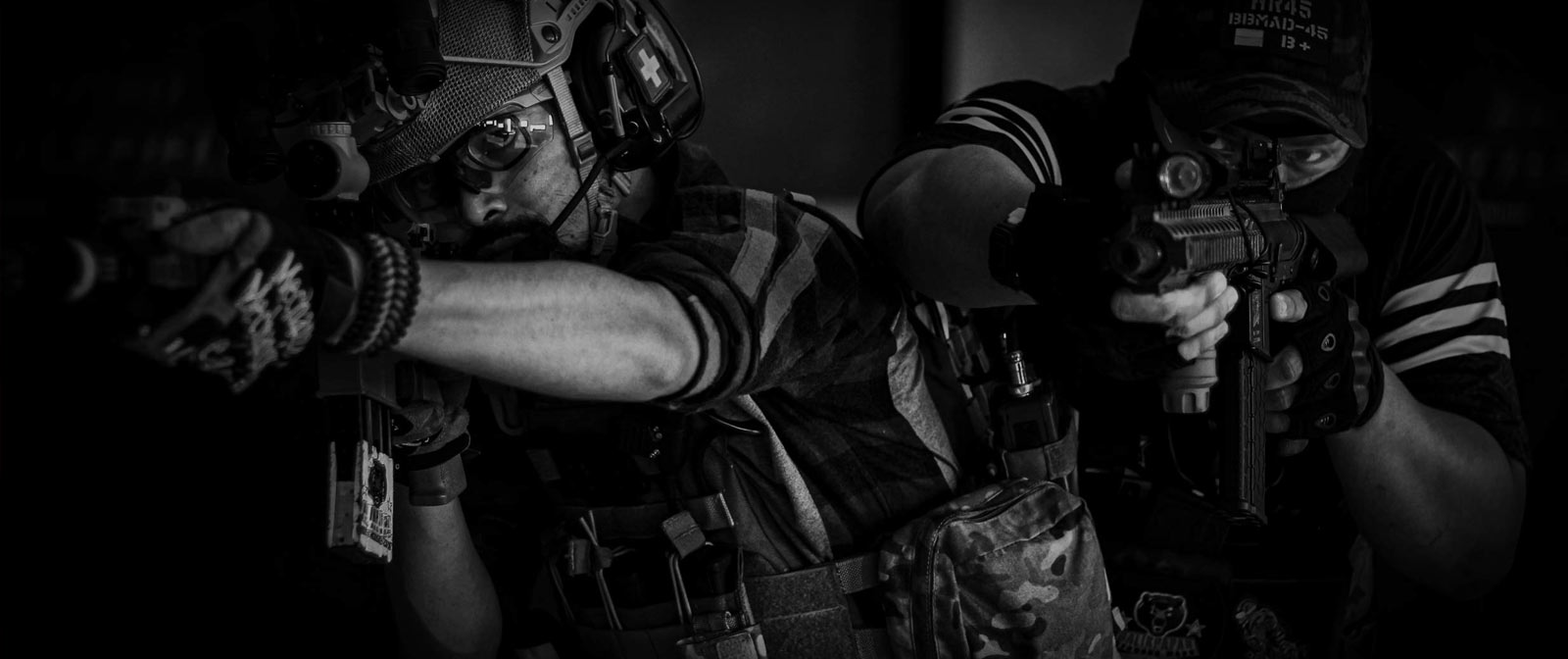Request For Pitch: Disruptive Ads Campaign, Budget – $500
A lightning flash casts razor-edge shadows across the room as a superheated blast tears into the hallway. Wooden shrapnel and debris sprays in all directions.
Splintered door panels tumble through the swirling acrid smoke from the charges. Ten heavy tactical boots storm the threshold, crushing shards of glass into the floorboards as the team’s carefully orchestrated breach plays out. Rifle-mounted torches swiftly scan the dark room. The beams converge on a terrified—tearful—man, backed against a bookcase; empty palms raised, trembling. Nowhere to run. One of the tactical guys squeezes at his radio, “Got the motherfucker.”
The leader of the breach team—rifle trained on the quivering guy—slams a boot into the underside of a coffee table, launching it end over end into the far corner of the room. He presses the muzzle to the ashen forehead of the captive. “Show it to him.” The second-in-command steps forward, reaches into a holster across his chest, pulls out a phone, and thrusts it to the guy’s face, “Watch the ad you bastard! Watch the whole fucking ad!” The leader jabs the muzzle in harder, “Is the creative disruptive enough for you? Shithead!”
… And that is a disruptive ad campaign.

A couple of disruptive ads entering a room. Photo by Nur Andi Ravsanjani Gusma from Pexels.
In case you haven’t picked up on the subtle undertone of sarcasm: ‘Disruptive ads’ is the jargon of the moment, and it grinds my gears. The word has become pervasive in creative briefs; not quite as pervasive as “We want it to be cinematic”, but a close contender. I have three major bugbears with the use of ‘disruptive’ as a creative direction.
ONE: The request for disruption is frequently given as a standalone—single word—instruction. Bereft of meaning, no context.
Disruptive, in relation to what? Disruptive to what end? — Disruptive ads are the new ‘viral’, i.e., something a client believes to be a desirable quality, but is unable explain what would qualify as a successful outcome. It’s tough to develop great creative solutions (at least at the first attempt) against “I’ll know it when I see it” criteria. It’s essential to discover what ‘disruptive ads’ looks like in the mind of the client!
TWO: The stipulation for disruption contradicts other requirements in the brief or seems at odds with the established brand image.
I recently pitched for (and didn’t win) a brief for a package of social media ads for a friendly ‘uncomplicated’ comfort-food brand. The brief stipulated exacting specifications of the ‘charming and endearing’ language and laid-back visual branding that would appeal to the desired middle-aged male audience. The encyclopaedic brand book was equally affable and easy-going. The brand’s identity had all the disruptive impact of a gentle warm breeze. Yet, in the brief, there it was: “… the creative should be bold and disruptive.”
THREE: The campaign budget is unrealistic for the desired impact.
Being disruptive on a large scale requires investing serious moola on the media-buy. Not in a million years will anyone or anything be disrupted by a $500 banner ad campaign. No matter how original or daring the creative treatment, not enough people are going to see the ads to gain traction.
Out-disrupting competitors by bringing in celebrity endorsements, A-list voiceovers, chart-topping music tracks etc requires out-spending those competitors. Just Eat’s use of Snoop Dogg in its TV campaign was genuinely disruptive in relation to how other food-delivery apps were promoting themselves; but the mammoth campaign of truly disruptive ads cost them a shit-tonne of money! Staggering media-budget aside, Snoop Dogg’s fee alone is estimated to have been £5m.
Just Eat’s TV campaign of genuinely disruptive ads featuring Snoop Dogg.
But hey — No one’s going to stop specifying their desire for ‘disruptive ads’ in creative briefs just because it grates on me. Like any advertising fad, ‘disruptive’ will soon make way for another trendy adjective. In the meantime, we creatives need to dig deeper to find out what a client feels ‘disruptive’ looks like; just as we used to dig into their understanding of ‘viral’ videos to manage their expectations. Whenever we see the word, we should look beyond its faddish use and explore why the client has used it, and what they believe it to mean —
